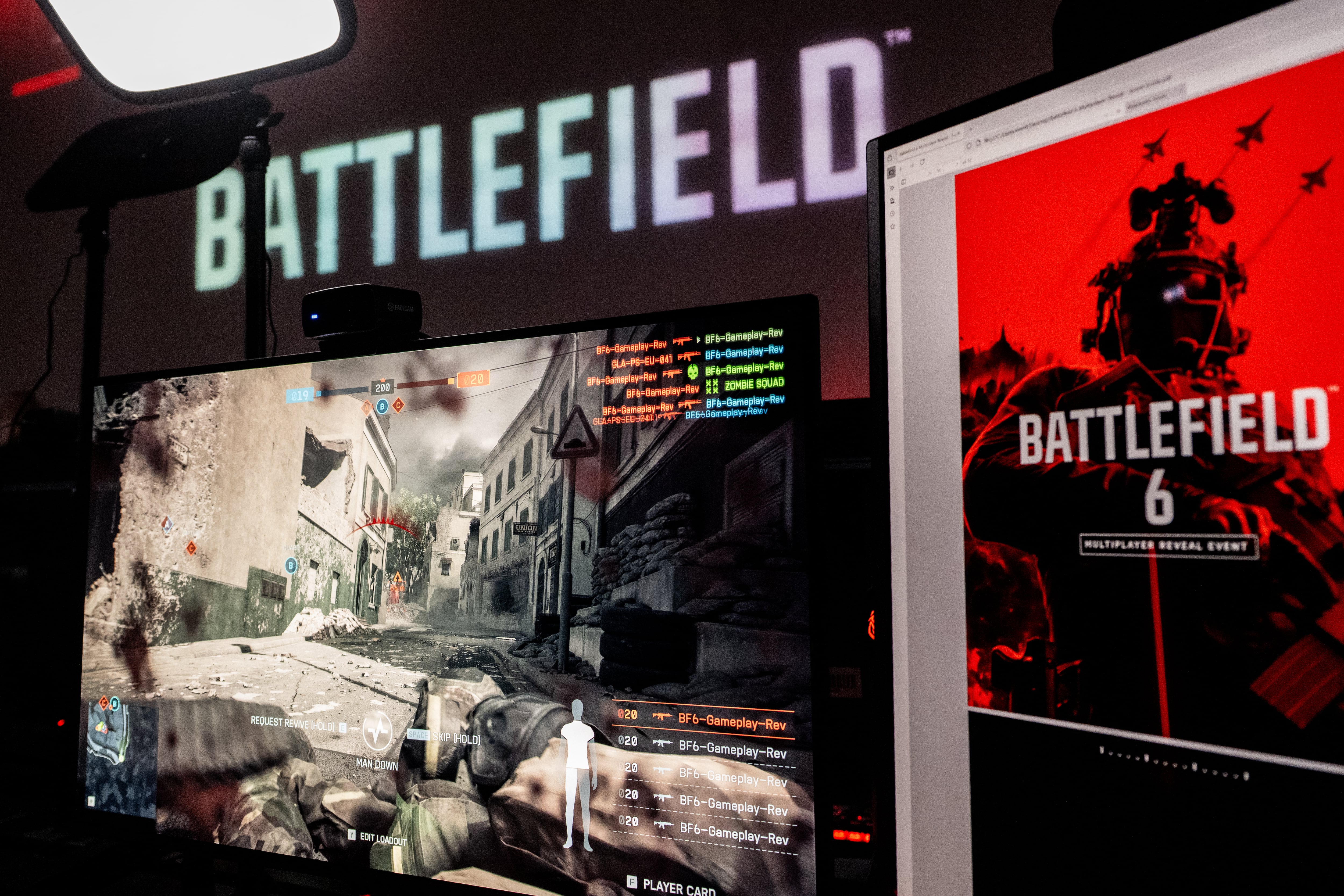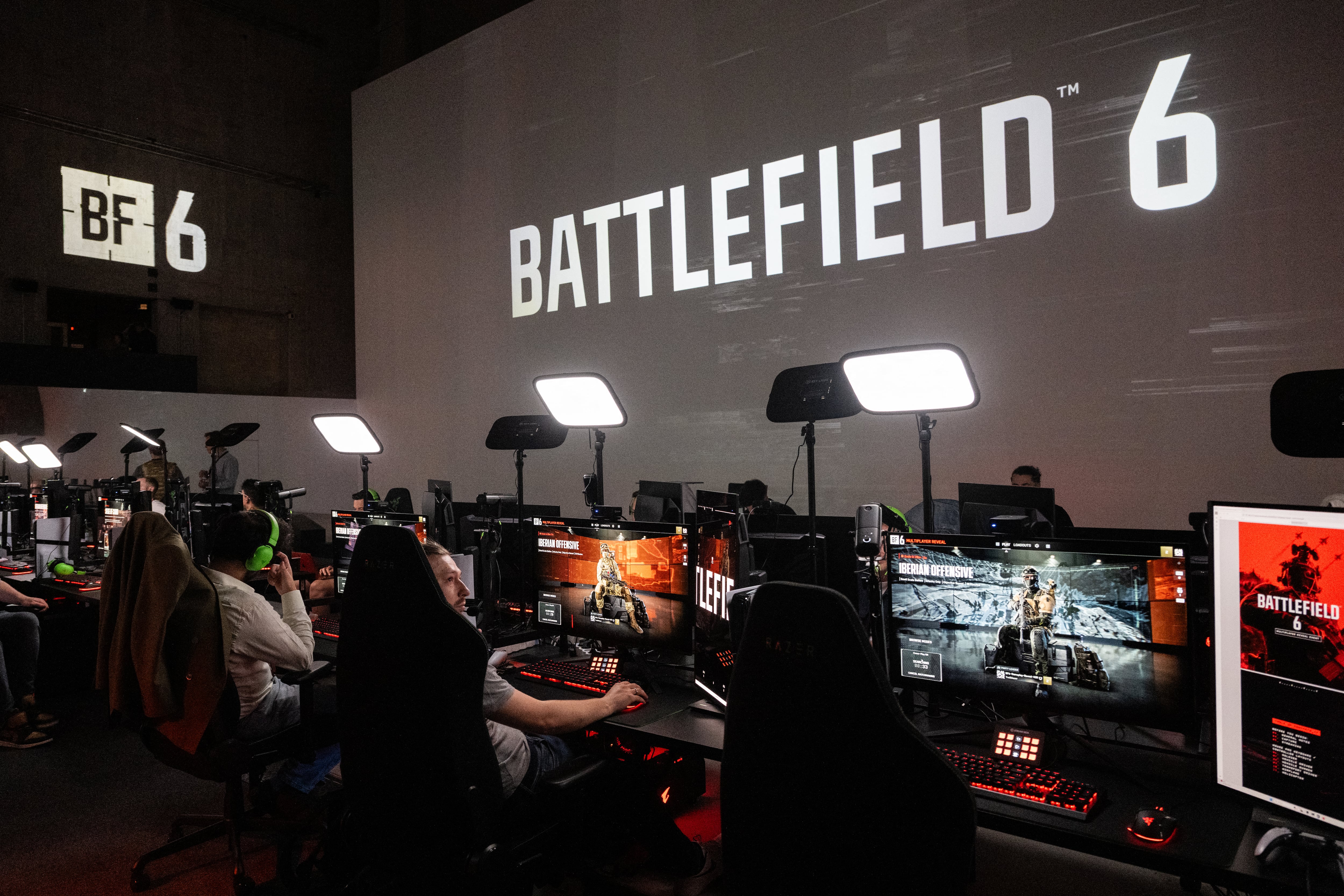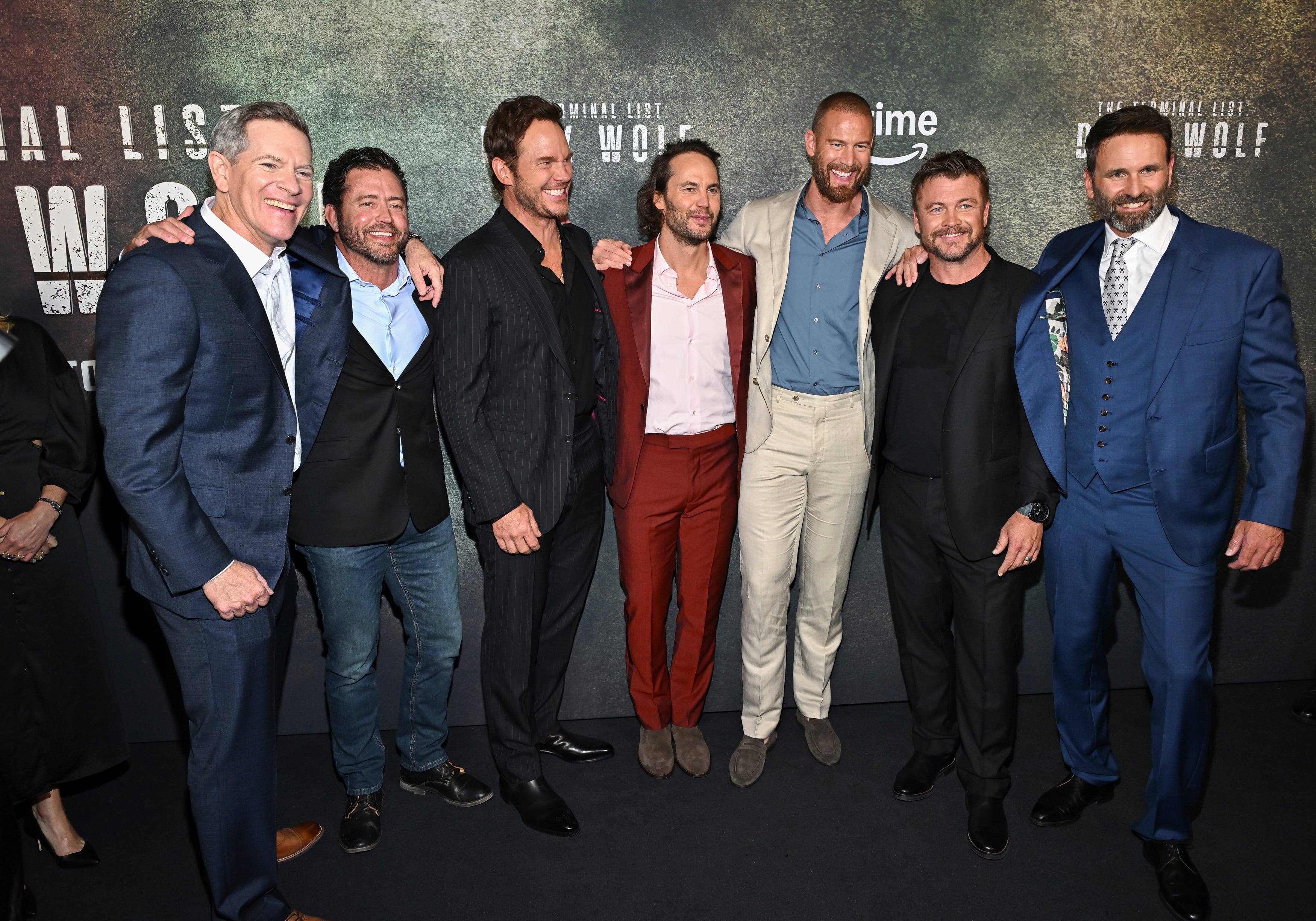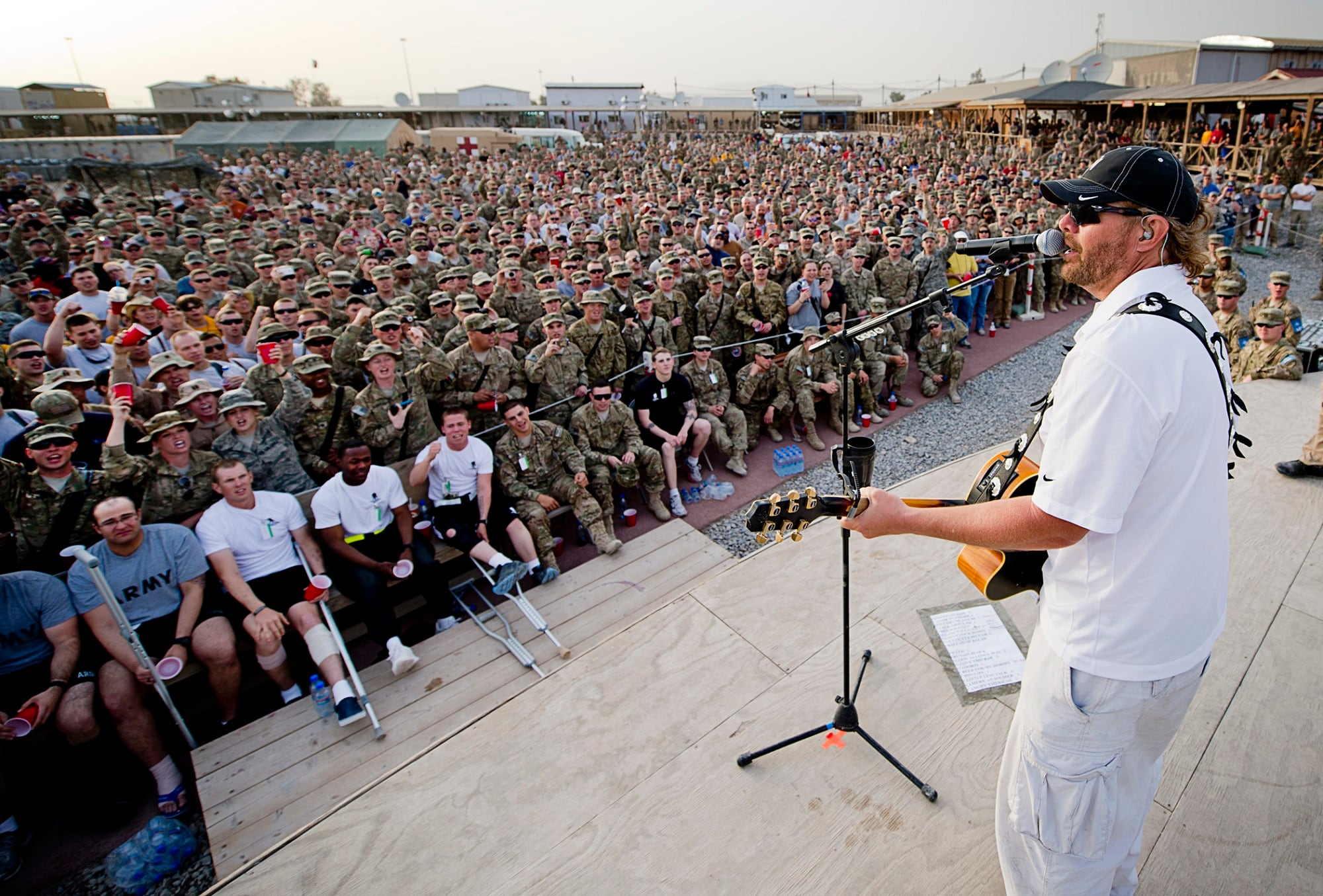A recent installment of “Medal of Honor,” a graphic series produced by the Association of the U.S. Army, spotlights the story of Marine-turned-soldier Cpl. Mitchell Red Cloud, Jr.
A member of the 2nd Marine Raider Battalion, also known Carlson’s Raiders, Red Cloud saw action on Guadalcanal and Okinawa, receiving a Purple Heart in the last campaign in the Pacific as a result of a “round to the shoulder,” according to the graphic series.
It was in Korea, however, where the combat veteran and Wisconsin native would give his last full measure of devotion.
After reenlisting in 1948 as an infantryman in E Company, 19th Infantry Regiment, 24th Infantry Division, Red Cloud was sent in November 1950 to a post in North Korea along the north bank of the Chongchon River.
Held by the 27th British Commonwealth Brigade and the 19th Infantry Regiment, the banks were believed to be constantly patrolled, but on November 5, “the Chinese began probing the U.N. forces’ defensive line, evading patrols and moving freely through” a five-mile gap in the defenses, writes Dana Benner.
Although cautioned about Chinese night time infiltrations, many within E Company did not heed the warning — except Red Cloud.
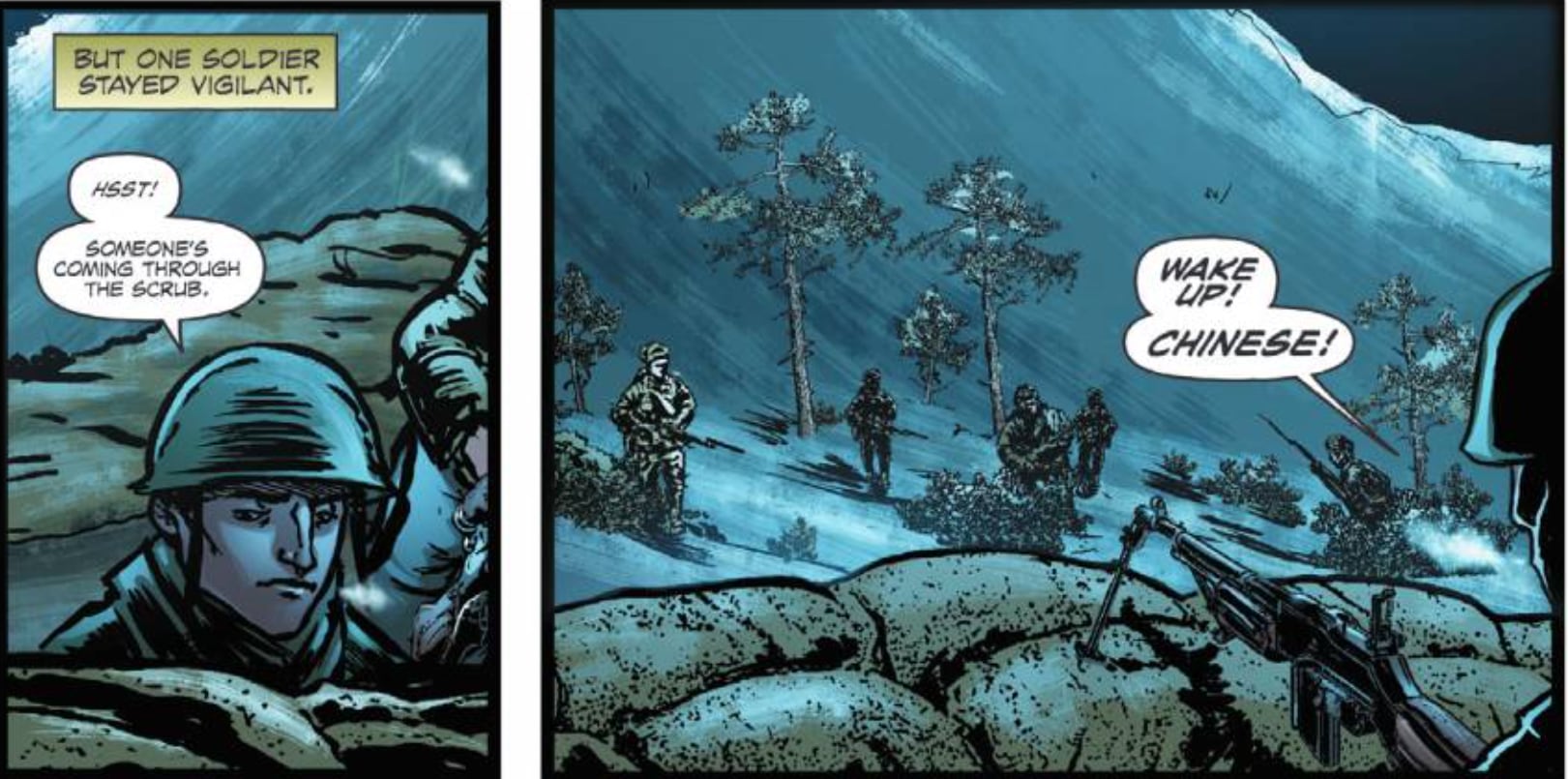
Armed with a Browning Automatic Rifle, Red Cloud was manning a listening post on the night of the 5th as 1,000 infantrymen belonging to the Chinese 355th Regiment infiltrated U.N. lines.
From his post Red Cloud, under the light of a nearly full moon, was able to detect the onrushing enemy troops. As the Chinese charged within 100 feet of him, Red Cloud released a torrent of bullets, emptying magazine after magazine into the charging enemy troops at point-blank range.
“His accurate and intense fire checked this assault and gained time for the company to consolidate its defense,” his citation read. Despite suffering from two gunshot wounds to the chest, Red Cloud held his position “with utter fearlessness ... until severely wounded by enemy fire.”
Injured and hopelessly outnumbered, Red Cloud remained at his post, refusing medical assistance, pulling “himself to his feet and wrapping his arm around a tree” to continue firing until he was mortally wounded.
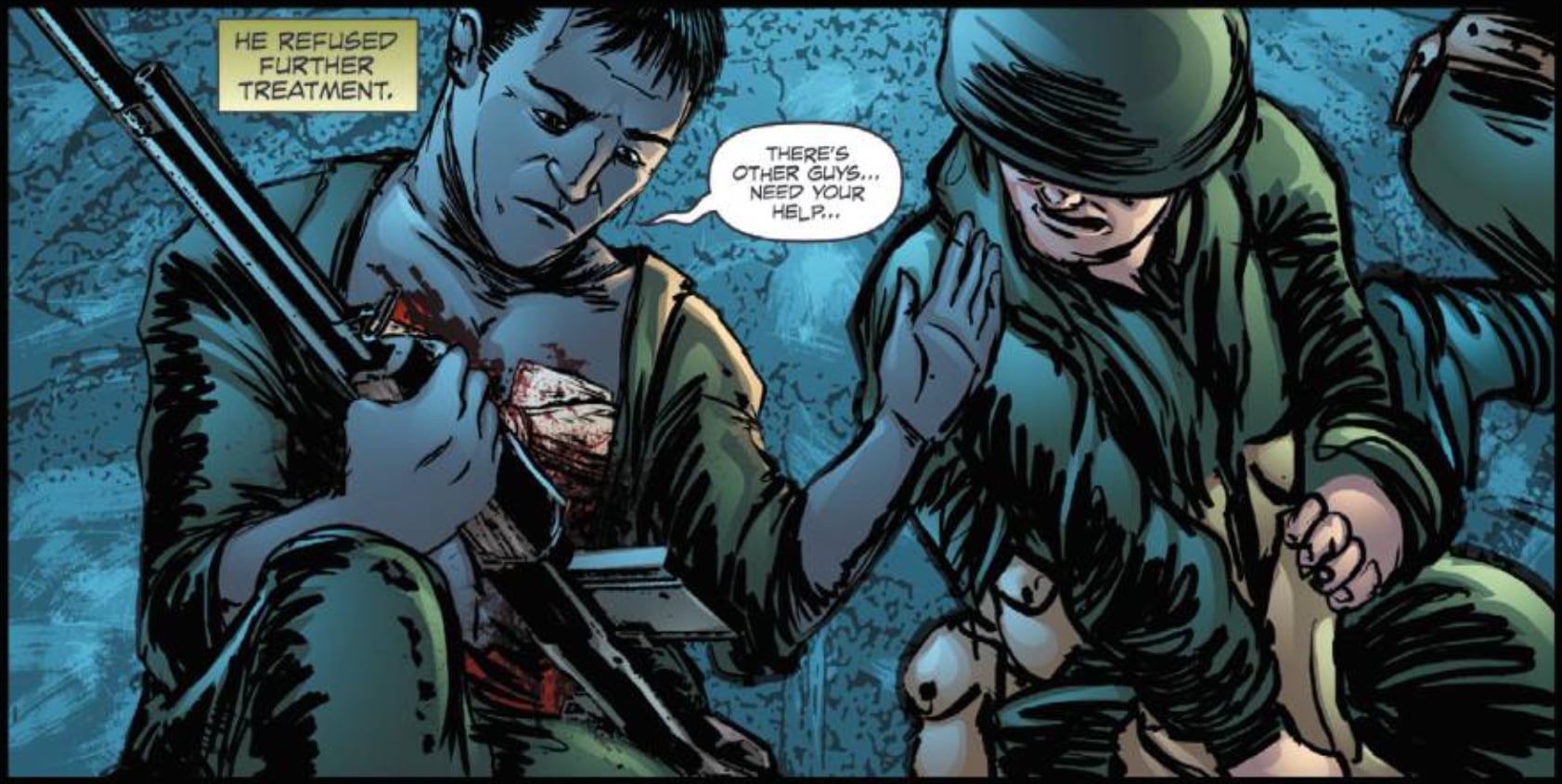
Red Cloud’s furious counter-attack on the Chinese stifled their initial assault and provided enough time to allow his fellow soldiers to withdraw. His “heroic act stopped the enemy from overrunning his company’s position and gained time for reorganization and evacuation of the wounded,” his citation read.
The following day, after the din of battle had subsided, the soldiers of E Company went back to look for Red Cloud. The men found his body, shot eight times. Enemy bodies littered the area around Red Cloud’s outpost.
Red Cloud, who was 25 at the time of his death, was posthumously awarded the Medal of Honor in April 1951. His mother received the award from Gen. Omar Bradley on her son’s behalf.
Forty-eight years later, Red Cloud was once more honored by the launching of USNS Red Cloud, the fourth of seven Strategic Sealift Ships built since 1993.
Present at the launch was Kenneth Kershaw, a member of E Company who was present that early morning along the bank of the Chongchon River.
“If it were not for the alarm sounded by Mitchell Red Cloud,” Kershaw stated, “I would not be here today.”
Claire Barrett is the Strategic Operations Editor for Sightline Media and a World War II researcher with an unparalleled affinity for Sir Winston Churchill and Michigan football.
Tags:
medal of honor comicmedal of honor seriesred cloud korean warred cloud wwiiausamitchell red cloudmilitary graphic novelIn Other News









